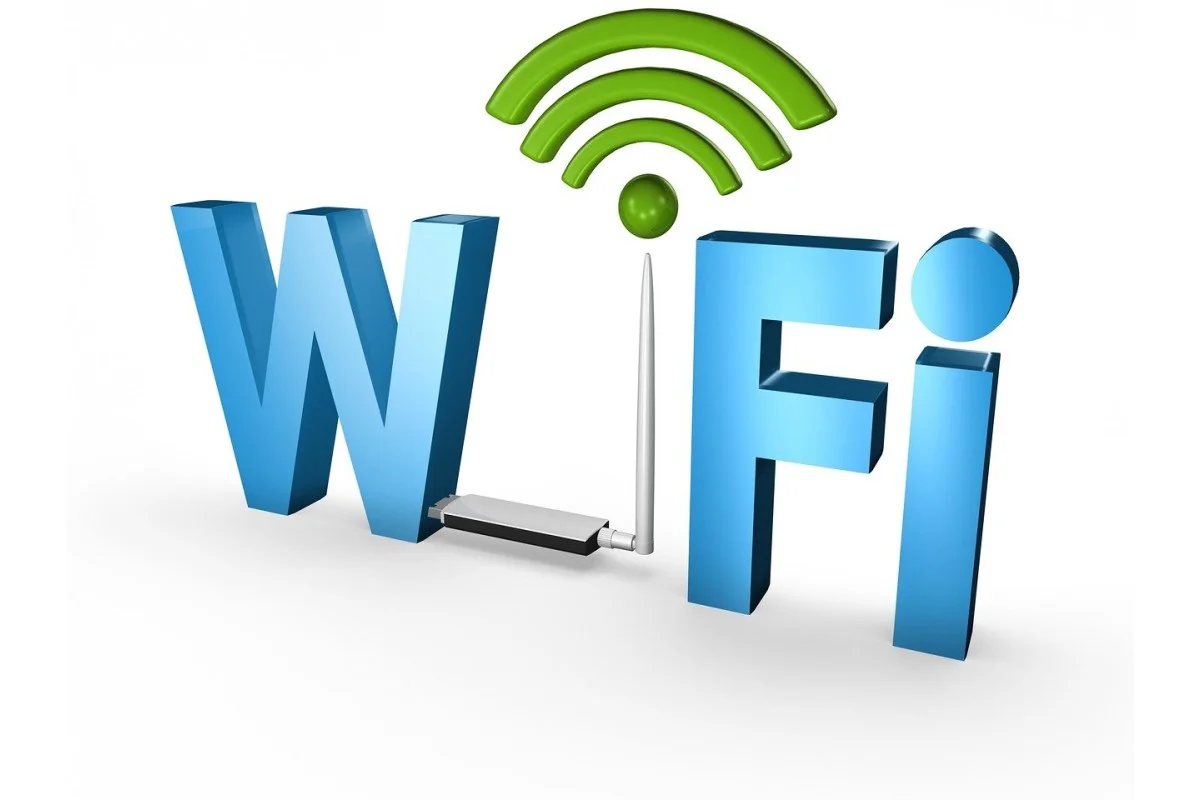
Network issues are common with the use of routers. There are multiple types of routers, and even the latest ones can face issues with connections. But the good thing is, most of the issues related to broadband routers can be solved very easily. You won’t need a technician or an expert to help you with the troubleshooting; you can do it yourself. Just follow the steps we are mentioning below, and you should be all good.
Broadband Router Troubleshooting Guidelines
The first thing that you should do is check your Wi-Fi settings and see if they are correct. Under Wi-Fi settings, there are things such as ‘Network Mode’, ‘Security Mode’, and ‘Security key’ that you have to take a look at when you can’t connect your device/devices with the router’s network.
Second, and this is a very common solution suggested by many; update your router’s firmware. Latest firmware comes with additional security features and improvements. Firmware updates enhance the router’s overall functioning giving you a better internet experience.
Third, check if your router is overheating or overloading. If several devices are connected to the same network of the router, you should think about creating a guest network for some devices. Your internet of things (IoT) devices can also be connected to the guest network, and select devices can be connected to the main network.
Fourth, check if the MAC address of your device is included in the list of allowed connections. Usually, under settings, the MAC address filtering is off, but the admins can change it. If there is a list and your device is not included on it, you won’t be able to connect to the network.
Another thing that you should check is the kind of network you are connected to. Most of the modern routers come with 5 GHz and 2.4 GHz network bands. 2.4 GHz band is suitable for older devices which support slower ‘G’ specification.
These are few of the things you can follow if you face issues with your broadband router.















